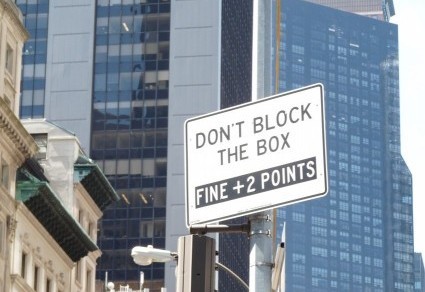How much can you communicate in just two words? And how much confusion can you create with two words? The answer to both questions: quite a bit. Check out this sign, which my friend Catherine found in a subway station:

“Rescue Assistance”? Is this where EMTs, firefighters, and other first responders go for help? Or does the NYCTA envision rescues that need a little extra oomph? NYCTA, by the way, is the agency that runs the subways, “run” being applicable only when the trains are actually moving, which, as riders know, isn’t all that often these days. And what’s with the wheelchair icon? Do subway officials think only wheelchair users need “rescue assistance”? If so, they’re not paying attention. First of all, plenty of riders walking around on two feet need “rescue” or “assistance.” (I can’t be sure that they need “rescue assistance” because I don’t know what that phrase means.) Second, in a subway system more than a century old, elevators and other sorts of accommodations for wheelchair users are few and far between. I can count on the fingers of half a hand how many wheelchairs I’ve seen in a subway. Maybe a quarter of a hand. A fifth? Okay, never.
Moving on:

This sign reminds me of a scene in a Simpsons episode when Bart is working on his science project. He stares at a spud and writes something like: “Four o’clock. Still a potato.” I did “watch ice” at this spot for about fifteen minutes. It stayed there, being ice. I got cold and moved on.
And then there’s this one, which I spotted in Madrid. It’s in Spanish, but I think the meaning — the literal one, anyway — is easy to grasp:

I admit that poetry and psychoanalysis are related. I’m just wondering about logistics. Does the therapist have the patient recite poetry and interpret it? Then there’s insurance coverage. How does one file a claim for a sonnet?
These two-word dilemmas may drive me to buy something at this store, depicted in a photo snapped by my friend Kelly:

Whoever sent the text to the sign manufacturer had clearly imbibed some “sprits” first. Memo to owner: Proofread before you hang an awning. Memo to self: Stay away from the liquor cabinet before blogging.
Like this:
Like Loading...










